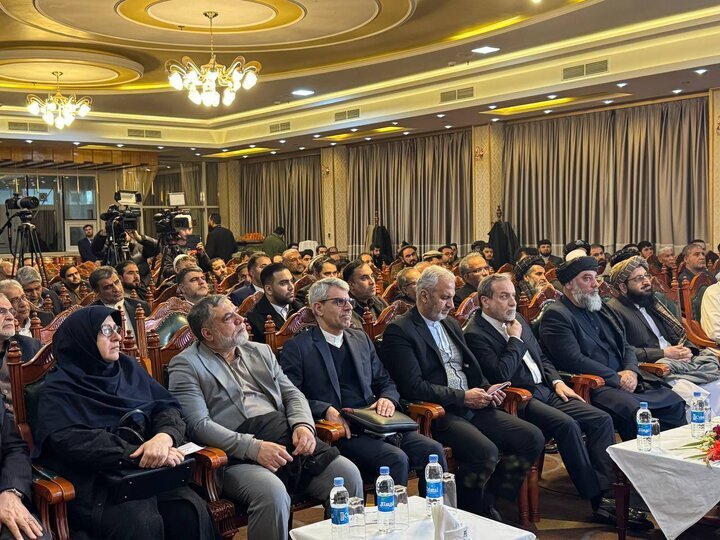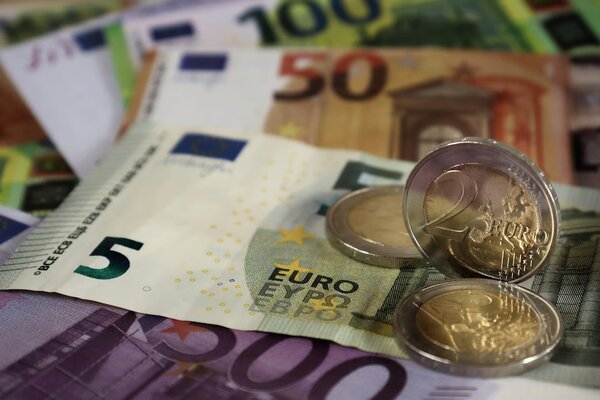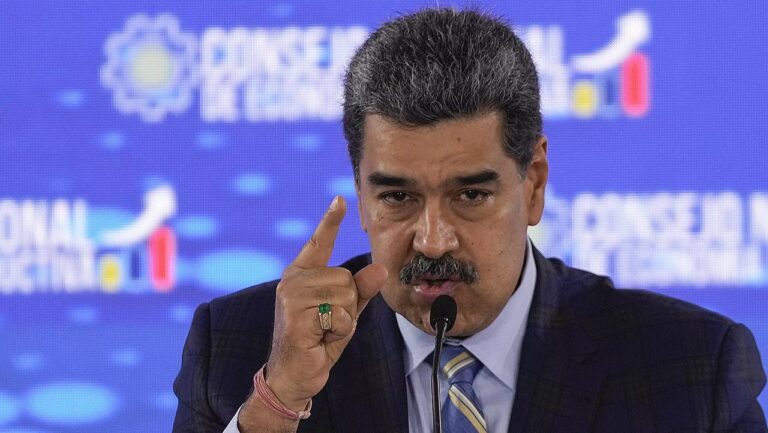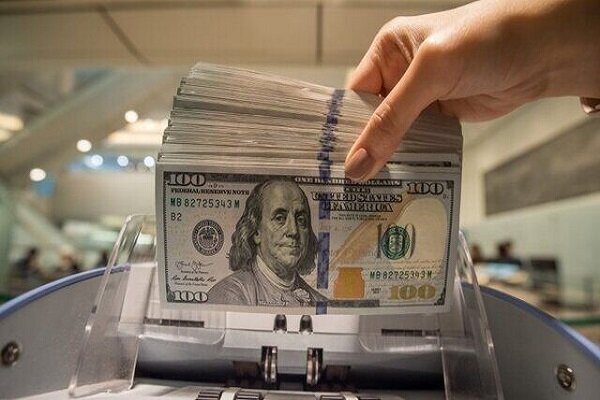Unlocking Iran’s Currency Puzzle: Navigating the Complex World of Multiple Exchange Rates
Foreign exchange rates play a vital role in shaping economic conditions, impacting both businesses and the daily lives of ordinary Iranians. The constant fluctuations in these rates can lead to heightened anxiety, particularly amid ongoing inflation and international sanctions. Recently, the Iranian rial reached an unprecedented low, trading at one million rials per US dollar in March, coinciding with escalating tensions between Iran and the United States. As Iran prepares for a third round of nuclear talks with the US in Oman this Saturday, the open market dollar rate stands at approximately 810,000 rials, significantly diverging from the government-controlled rates of 692,000 rials and 280,000 rials for essential goods.
During periods of political unrest, ordinary citizens often convert their savings into stable currencies or gold, relying largely on the open market for transactions. This market is not just frequented by individuals, but also by businesses that struggle to access foreign currency through official channels or need immediate liquidity. Despite attempts by successive governments to reform Iran’s convoluted foreign exchange system, efforts have largely failed due to entrenched political interests that benefit from the status quo.
The Open Market Overview
Iran’s open foreign exchange market operates largely outside the purview of government control. It includes:
- Authorized currency exchange shops, known as sarrafi
- Informal street-level transactions
This market is characterized by real-time supply and demand, with actively traded currencies including the US dollar, Euro, and UAE dirham. Prices in the open market are heavily influenced by:
- Inflation expectations
- Political risks
- Sanctions developments
- Broader economic conditions
Typically, open market rates are significantly higher than officially controlled rates, especially during instability, serving as an unofficial benchmark that impacts pricing, import costs, and inflation across Iran. The government sometimes intervenes by injecting foreign currency through selected sarrafi or cracking down on informal traders during periods of heightened volatility.
Official Rates for Essential Goods
The official rate, currently set at 285,000 rials per dollar, is designated for importers of essential goods such as:
- Wheat
- Rice
- Animal feed
- Medical supplies
Allocation of this currency type is managed by relevant ministries and the Central Bank of Iran (CBI). A previously established preferential rate for these imports, fixed at 48,000 rials, has been nearly eliminated.
Electronic Trading System (ETS) Rates
The Electronic Trading System (ETS) offers rates that more closely align with the free market, established to provide a formal platform for currency exchanges to compete with the open market. Key features of the ETS include:
- Rates determined by supply and demand
- Active supervision by the CBI
- Access exclusively granted to licensed banks and exchange offices
This system manages both cash transactions and informal transfers, known as hawala, and has replaced the now-defunct NIMA system.
The End of the NIMA System
The NIMA system, which regulated foreign currency earned through exports for the import of non-essential goods, was officially scrapped in January 2023. Previously, NIMA transactions occurred under the supervision of the CBI, which set permissible exchange rates. The elimination of NIMA marks a significant shift towards market-based pricing mechanisms through the ETS platform, although these remain heavily managed.
Corruption Issues Amid Multiple Rates
Iran’s multi-tiered exchange rate system has been the catalyst for numerous corruption scandals in recent years. The Debsh Tea Company scandal is one of the most notable cases, involving high-ranking officials from various ministries, the Customs Administration, and the CBI. This scandal came to light in 2023 when it was revealed that:
- The family-owned firm received $3.37 billion in subsidized foreign currency at the NIMA rate for importing tea and machinery.
- They sold $1.4 billion of this currency in the open market at higher rates without importing the promised equipment.
- Low-quality tea was imported and mislabeled as premium-grade.
These revelations underscore the challenges posed by corruption within the foreign exchange system, which continues to plague Iran’s economy.






